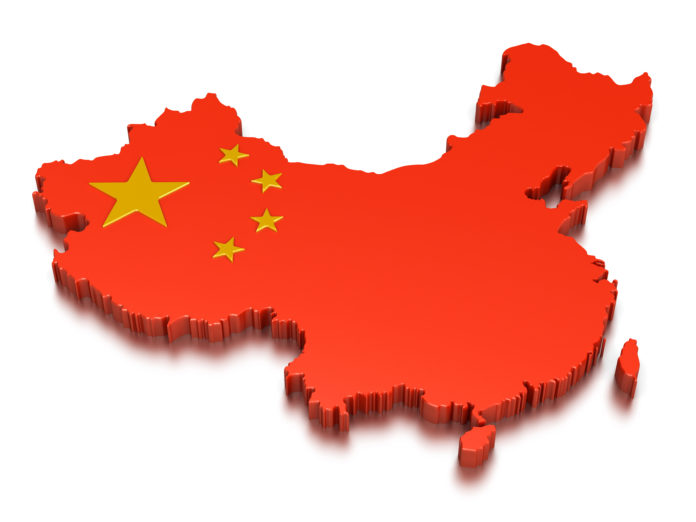If you tried to describe 2015 on Wall Street to this point, the best word might be ‘volatility.’ We’re not even at the end of July, and the Dow Jones Index has already fluctuated between positive and negative year-to-date numbers 21 times—an all-time record.
But as inconsistent as the American markets have been, their counterparts in China have seen a similar phenomenon, but to a much greater degree. As of this week, investors and government officials are running scared over the world’s 2nd-largest economy. Here’s why:
Over the past decade or so, despite the country’s rapidly-growing economy, the Chinese stock market was a source of disappointment to market experts around the world. That all changed approximately one year ago, when retail investors—ordinary Chinese citizens, as compared to investment banks—started pumping money into the market to buy up stocks, even though economic reports and corporate profits were weakening.
The effects were immediate. By June of this year, the Shanghai Index—China’s main stock index—rose more than 150% to an all-time high of 5,178 (for the sake of comparison, the index stood at 2,048 exactly one year earlier.) Meanwhile, retail investors continued borrowing cash to purchase more stock. But the economic reports weren’t getting any better.
All of this action created a classic bubble, and on June 12 of this year that bubble burst. In the first week, after the bubble burst, the Shanghai Index fell nearly 700 points (almost 15% of its’ total value.)
That type of crash would set off some panic in any stock market, but in a market populated almost entirely by retail investors, the effects were magnified. Investors began selling off huge portions of their portfolios to pay back the borrowed money and cover their losses. As a result, the market fell even further—losing more than 20% of its total value by the end of June.
That’s when the Chinese government swooped in to try to save the day. They took familiar measures such as cutting interest rates, but also made moves unprecedented in other major global markets, including:
- Banning company executives who held more than 5% of a stock from selling shares
- Suspending IPOs (initial public offerings) indefinitely
- Launching an investigation into short selling (in China, only approved brokers can ‘short’ a stock, or invest in hopes that an equity’s price decreases).
These measures helped stem the tide—until this Monday, when the Shanghai Index fell 8.5%—its worst single day performance yet. The index currently stands at 3,707—28.5% lower than its all-time high attained just weeks ago—and you’d be hard-pressed to find an expert who believes the market has reached bottom.
Now, an increasingly panicked government has turned to their state-operated media outlets in an attempt to reassure the public—and market investors in particular.
What lessons can American investors take from the Chinese crisis? It’s impossible to say when the market will turn south in our country, but the situation in China proves that margin debt can turn a bad situation disastrous almost overnight. And remember, China’s market rise-and-fall unfolded in just one calendar year. In the United States, six years of record highs on the market have led to margin debt in excess of $500 billion. If that bubble bursts, the Chinese crisis will serve only as a starting point for what may follow.













